Born in Columbia in 1932, Fernando Botero left school to become an artist, displaying his art for the first time in an exhibition in 1948. His subsequent art, concentrates of situational portraiture united by his subjects’ exaggerated proportion.
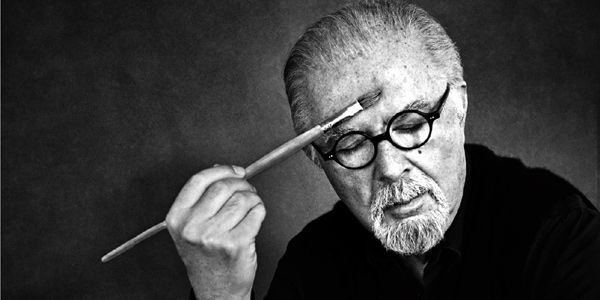
In the last three decades, he has achieved international recognition for his artworks and is known as the ‘greatest living Latin American artist’. His art is now widely known as a key part in the makings of modern contemporary art history. Read on to discover more about this phenomenal artist, commonly known as ‘the greatest living Latin American artist’ of today.
1. He had a tough start to life
Botero was born in 1932 in Medellín, Colombia. Located in a valley of the Andes mountain range, Medellín was at that time a relatively small and isolated city. His father, David, was a travelling salesman who died suddenly at the age of 40, leaving a four-year-old Botero, his two brothers and his mother, who worked as a seamstress, destitute.
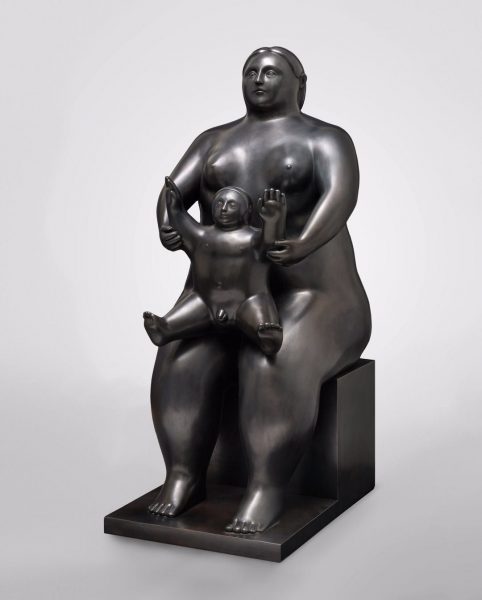
2. His uncle enrolled him to train as a bullfighter
Botero began drawing and painting watercolours as a young child. In 1944 an uncle, who had taken on an important role in family life following the death of his father, enrolled him in a training school for bullfighters, only to recognize that his nephew was more interested in drawing and painting bulls than in fighting them. Botero’s first works — watercolours of bulls and matadors — were sold by a man who traded tickets to bullfights. In 1948, when he was just 16, he had his first illustrations published in one of the most important newspapers in Medellín. Three years later he had his first one-man show in Bogotá.
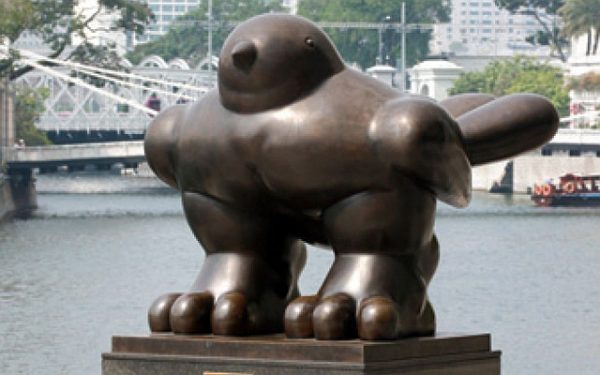
3. He considers himself to be self-taught
At the age of 20, after winning second prize in Bogotá’s Salón Nacional de Artistas, Botero booked his passage on a boat to Europe, travelling with a group of fellow artists. During a year in Madrid he passed his days copying the Prado’s Old Masters. He then moved to Paris and on to Florence to study the Masters of the Italian Renaissance. This was a revelatory period for the artist, who had previously only seen European art through reproduction. While Botero was enrolled in art schools for periods during these early years, he considers himself to be primarily self-taught.
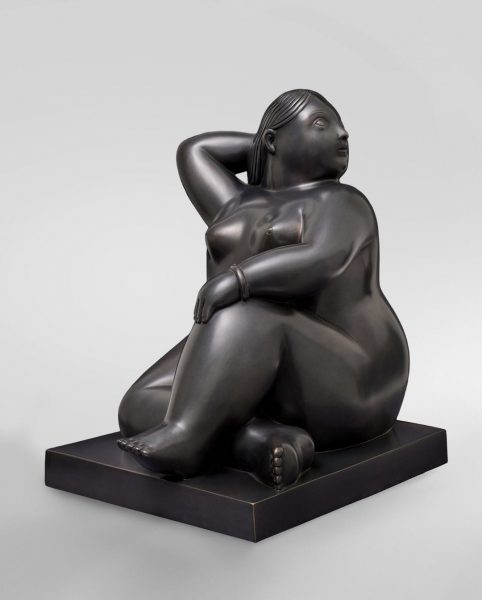
4. His success began with a mandolin
Botero’s early artistic inspiration came from both Latin America and Europe. The Mexican muralists as well as the Spanish masters Pablo Picasso and Juan Gris were among those who first sparked Botero’s creative imagination. Not unlike Picasso, whose Cubist breakthrough came after experimenting with the construction of a guitar, Botero had his artistic ‘eureka’ moment with a mandolin. In 1956 while he was living in Mexico City, Botero painted a mandolin with an unusually tiny sound hole, allowing the instrument to suddenly take on exaggerated proportions. Thus began the artist’s lifelong exploration of volume.
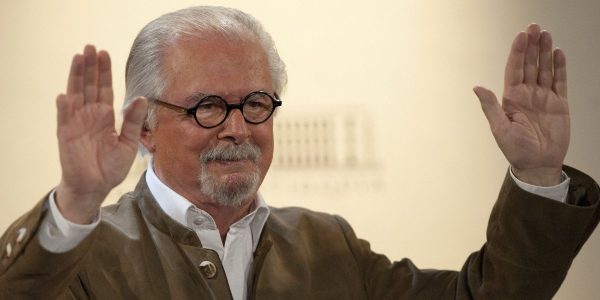
5. He doesn’t paint ‘fat’ people. He paints volume
Botero is recognized throughout the world for his singular style incorporating rotund, whimsical figures and objects which are often suffused with a subtle band of satire. By manipulating space and perspective, he draws attention to the monumentality of his figures, showing them in spaces that seem too small for them. He has remained adamant that he does not ‘paint fat people’; what he paints, he insists, is ‘volume’, and the ‘sensuality of form’. He has explored volume and sensuality of form in subjects as diverse as the circus, reinterpretations of Old Masters, nudes, Latin American street scenes, domestic life, bordellos, and portraits of political figures.
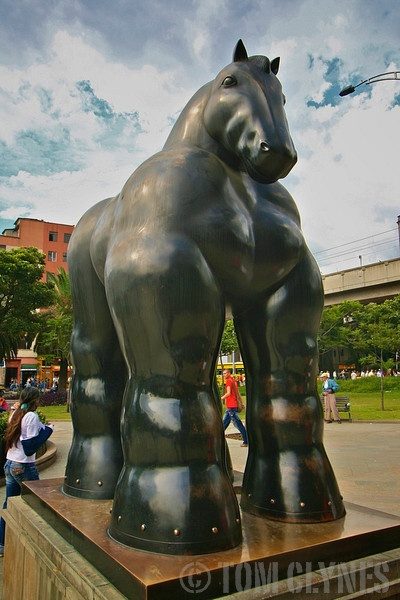
6. He has collected — and also donated — hundreds of works of art
Between 1990 and 2000 Botero donated more than 300 works, both his own and those by 19th and 20th-century European Masters, to the Museum of Antioquia in Medellín, as well as to the Banco de la República in Bogotá. The latter collection became the basis for what is now the Botero Museum.
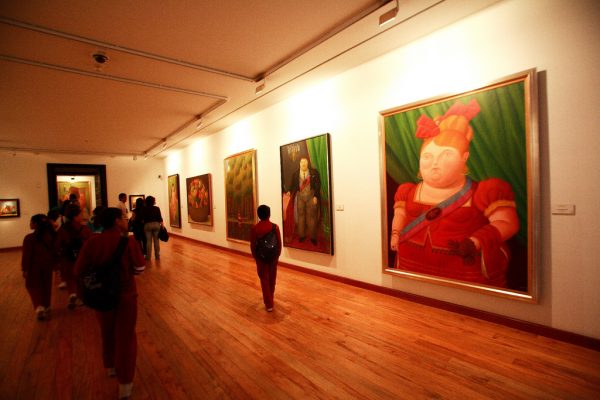
7. Terrorists blew up one of his sculptures
In 1994 Botero was the target of a failed kidnapping, and in 1995 a terrorist group placed a bomb underneath his sculpture Pájaro (Bird), which he had donated to the city of Medellín. The attack, which took place during a music festival, killed 23 people and injured 200 more. Botero’s response was to donate La Paloma de la Paz (The Dove of Peace) to Medellín, a sculpture which is placed alongside the mangled remains of the earlier work.
8. His work can be politically charged
Although Botero has maintained that ‘art should be an oasis, a place of refuge from the hardness of life’, his work is at times stridently political. Beginning in the 1990s, he painted a series focusing on Colombia’s drug-related violence. One painting, Death of Pablo Escobar, depicts the Colombian drug baron being gunned down by the police. Explaining his response to his country’s drug violence in 2000, Botero stated, ‘The Colombian drama is so out of proportion that today you cannot ignore the violence, the thousands of displaced and dead, the processions of coffins. Against all my principles I had to paint [the violence].’ Later, he produced his Abu Ghraib series, focusing on reports of the torture of Iraqi prisoners.
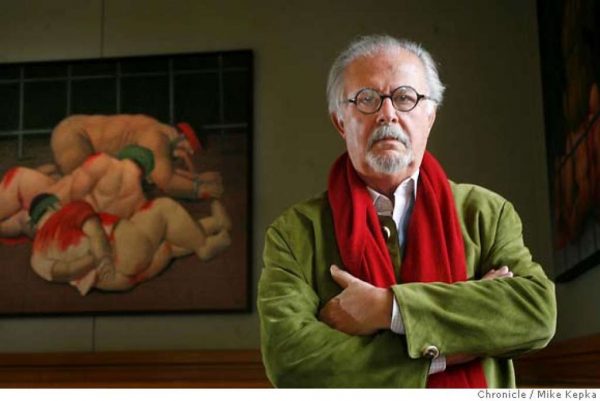
9. His sculptures adorn streets and public spaces around the world
Along with the numerous Botero sculptures that can be seen in his native Medellín, monumental pieces by the artist can be enjoyed on the streets of New York, Paris, Barcelona, Madrid, Jerusalem, Bamberg in Germany and Yerevan in Armenia. A recent major retrospective that started in Beijing and travelled to Shanghai is a testament to the truly international appeal of his work.
10. He shows no signs of slowing down
Now in his mid-eighties, the artist continues to work tirelessly.
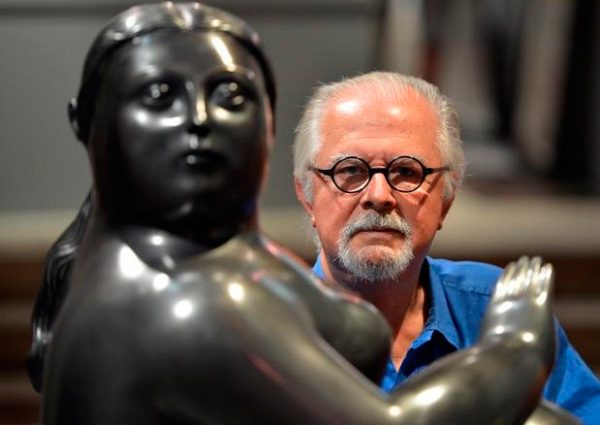
*article extracted from christies.com
